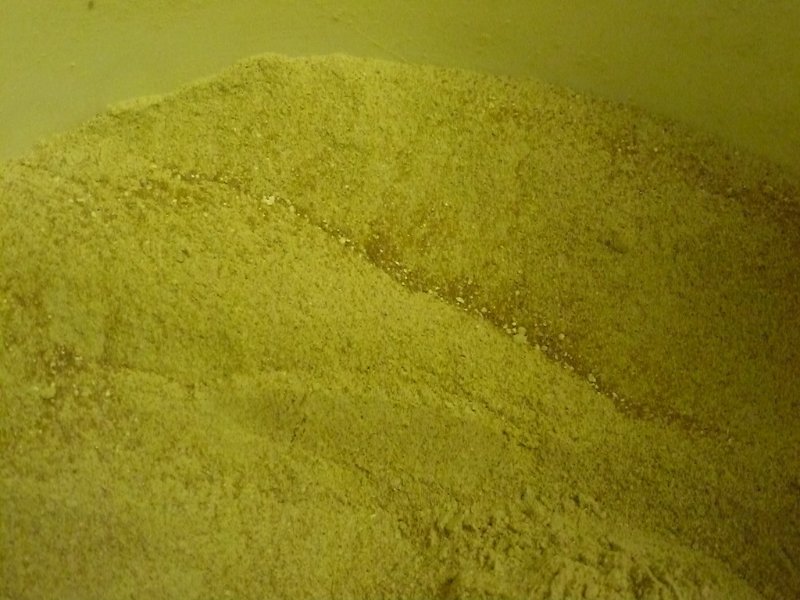jerrytheplater wrote: ↑Tue Aug 10, 2021 1:02 am
To get to a more reasonable 50 ppm N, you should dissolve 0.3 grams fertilizer in a liter to fertilize your cacti by watering your pots. I do let my fertilizer water wash over my cacti, but I don't grow any with a bloom on the surface that might be damaged and I am only using 25 ppm N. I also water in between fertilizing with plain water which rinses off the plants.
Narubest: I was thinking today while at work about you using 0.3 gm/liter of your dry fertilizer.
That 0.3 gm will only be a few granules, or maybe one, depending on the size of your product. The potential problem here is that your fertilizer is a mixture of different compounds. Each granule may be made up of an ingredient, and not a well mixed combination of all the ingredients. Does that make sense? An ideal fertilizer would be composed of a well mixed composition where each particle of each ingredient is the same size. Then that fertilizer could be granulated and each granule would match the composition stated on the label. But, I doubt that is the case.
The attached pictures are of a trace mineral product called Nutritrace CSM. It is composed of several chelated metals. Commercial greenhouses potentially could use the entire 25 lb bag when applying it. They will get exactly what the label says since they are dissolving the entire bag. The problem comes when you only want to measure out a pound in order to sell it. The product will segregate into its components to some degree since they are not all the same size, and density. I mix the container as best as I can and let the dust settle before opening the container. You will see one photo looks mostly well mixed, while the other is not. Same product.

- rsz_p1020265.jpg (126.29 KiB) Viewed 1483 times

- rsz_p1020268.jpg (88.9 KiB) Viewed 1483 times
So, I would suggest grinding your fertilizer in a blender to get a fine powder. You will need to do it in batches, but you only have 500 grams, not 25 * 454 grams. Beware of breathing the dust, I have developed a contact dermatitis allergy to the CSM, especially the copper. I break out into an itchy blistered area if in contact on sweaty skin. I did grind my CSM, but no more. It is too dangerous for me.










